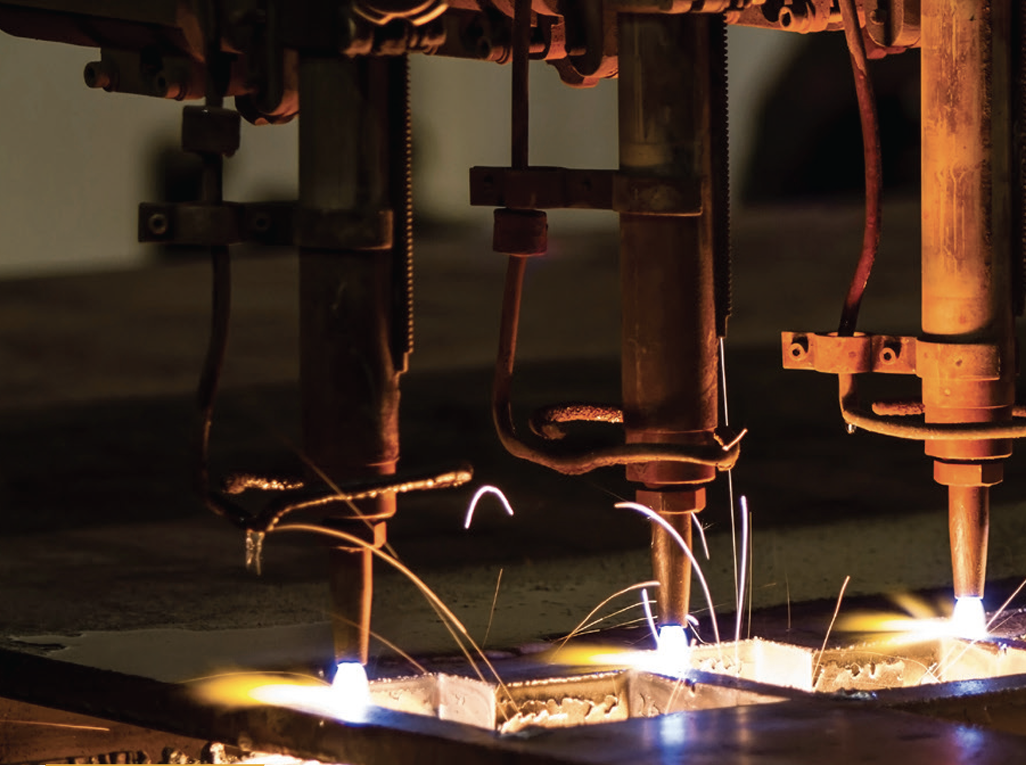Manufacturer Services
Today, success in manufacturing requires more than a great product or efficient operations. You need a business designed around revenue generation. That means great customer service, a focused, omnichannel marketing strategy, data-driven sales, and more. Reach your goals with a partner who offers turnkey services and expertise that can unlock the potential of your business.

Boost Your Manufacturing Business Beyond the Shop Floor
You may have a skilled team to turn engineering plans into product artistry, but that’s only one component of manufacturing success. Finding your best customers, marketing your business, and efficiently signing and supporting new customers are all just as critical. You need to focus on both the front office and the shop floor.
With industry experience, a passion for marketing strategy and manufacturing operations, and a deep bench of resources and knowledge, GO2 can help. Work with us to overcome your toughest business challenges, align your revenue-generating tools and optimize your processes with data-driven insights.

You’re in control with GO2. Pick and choose the options and services you need:
Digital Marketing
Are you reaching your best customers with your marketing? Do you have the right strategy for a new product launch? Are you looking to implement account-based marketing, rework your branding or develop an optimized strategy for paid ads and social media? With resources in both traditional and digital marketing, as well as sales enablement and services designed to boost your sales effectiveness and revenue generation, you can rely on GO2 to deliver the omnichannel results you need.
Sales Enablement
Sales is changing, causing problems for many manufacturers struggling to keep up. You can’t rely on business cards and trade shows alone for new sales, but you can align your sales and marketing efforts with GO2. Provide your sales team with the latest tools and a strategy tailored to your business to see measurable sales results.
Branded Merchandise and Promotional Material
Even in this age of digital marketing, promotional products still deliver amazing returns. Our cohesive, customized approach to promotion and brand merchandising will help you turn a great idea into sales. Measure success to optimize and improve. Don’t waste money on promo that doesn’t work; rely on GO2 for your next campaign.
Custom Apparel
Branded apparel is critical not only for marketing but also for building team unity. You have a single resource for all your apparel with GO2. Whether it’s a polo for your next trade show or a comprehensive program for employee apparel, we’ll stay focused on your needs.
Packaging and Label Services
Make every customer shipment a brand event. GO2 offers not only protective packaging but expertise in branded packaging. Whether you need a logo on the label that can resist the rigors of shipping or a full logo treatment on every box, we can help. Work with our experts to showcase your business with every order.

Customer Success Stories
A leading manufacturing distributor and service company worked with GO2 to build and execute a marketing strategy that promoted cross-selling and brand growth.
Fill the Gaps in Your Manufacturing Business Strategy
Quit struggling to reach your business goals. Unlock the full potential of your company operations with end-to-end, turnkey services and programs designed around your needs with GO2.
